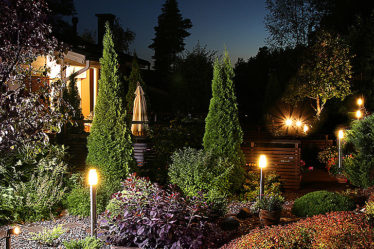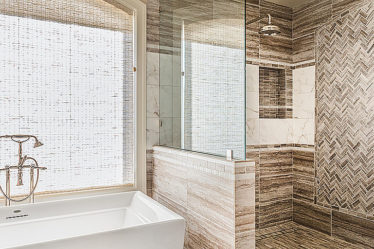
Swimming pools consist of different parts but we hardly pay any attention to them. If well-designed by swimming pool builders, these components can add to the overall beauty of the backyard. From drains to pumps, each component plays an important role in keeping the swimming pool in tip-top condition. Let’s discuss!
Skimmers
The circulation of the pool starts from the skimmers. These are basically two large buckets installed into the pool walls and positioned at the waterline. The inside of the skimmer contains a basket that is designed to trap and capture large objects floating in the water. The skimmer basket catches these items and objects to prevent the air filter from clogging.
In addition to that, these skimmer baskets are also employed for chlorine distribution in the pool water. Homeowners tend to do this by adding a capsule that slowly releases chlorine. Since the skimmer is installed in a high flow area, the water absorbs the tablet as it moves over it.
Main Drains
Main drains are designed to work alongside skimmers to pull the water in. However, they are installed in the pool’s deep end. The main drains are actually suction drains that enhance circulation. While the main drains pull water from the pool depths, the skimmers pull water from the top.
Even though the main drains are used to drain water from the pool, their main job is to serve as a circulation point. Typically, pools today get dual suction drains in case one gets blocked.
Suction Lines
Once the main drains and skimmer such in the water, it travels into the pool suction lines. The suction lines are made from PVC to move the water from the skimmers and drains to the pump. Although the suction lines are designed to last for long but sometimes due to external factors get cracked or damaged. In such a case, the water is not transported to the pump. As a result, the pool pump can heat up and wear out. Therefore, these lines should be regularly inspected for damages or cracks to prevent expensive repair or replacements bills down the road.
Pump
Most people believe that the pump’s only job is to push or pump the water. However, that is just half of what it does. Pumps are designed to create suction that pulls the water into skimmers and main drains. An impeller installed inside the pump does this, powered by a motor. The size of the pump depends on the size of your pool. A bigger pool needs a bigger pump.
The pump’s impeller spins rapidly, creating a vacuum and pulling the water into the filtration system. There are three types of pool pumps, single speed, two-speed and variable speed. Single speed pumps as the term suggests work at a single speed while two-speed pumps have dual speeds. Finally, the variable pumps are more in demand today since they allow the user to control water circulation.
Pool Filter
Once the water goes through the pool pump, it then goes through a pool filter. You might be wondering what is the use of a filter since the water already contains sanitizing chemicals. Unfortunately, the sanitizing chemicals cannot get rid of everything in water and this is where the filters come in. The filter is designed to capture small debris and impurities while the water remains sanitized.
Heater
Adding a pool heater is necessary especially if you live in a cooler region. You can choose amongst solar, gas or heat pumps. Solar panel heaters use sunlight to produce heat energy and then inject the water with heat. Gas heaters utilize propane or natural gas to heat the metal coils. As a result, the water is heated as it passes on its way back to the pools. Heat pumps are like air conditioners. They pull in heat from the air to heat up the pool water.
Final Word
Concluding, all swimming pools comprise of the above-mentioned essential components and most pool contractors Long Island install each one them. The best thing about these parts is that they are interchangeable and customizable depending on your pool size and budget. This means that everyone can enjoy a clean and safe swimming environment whenever it is time to take a dip.

